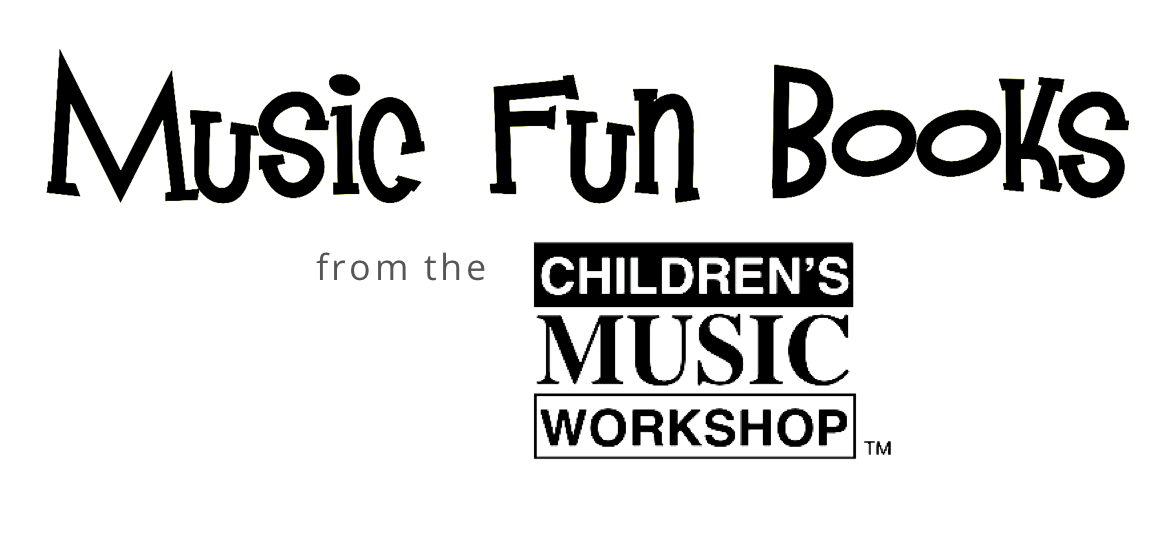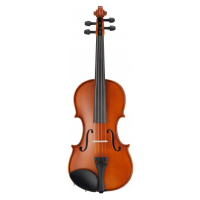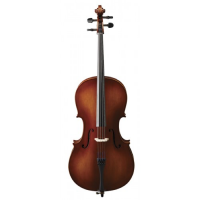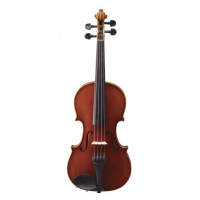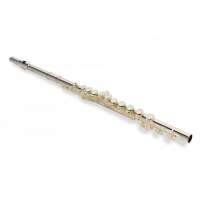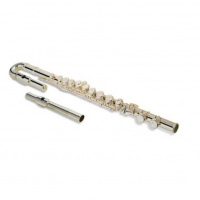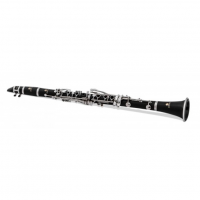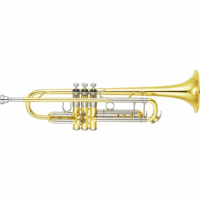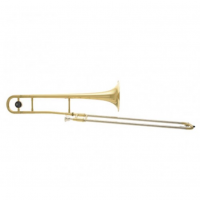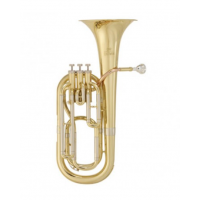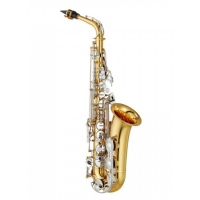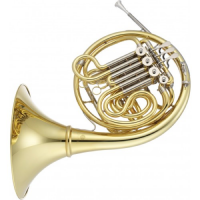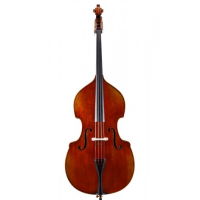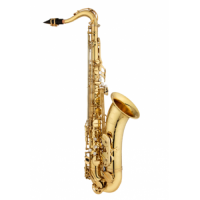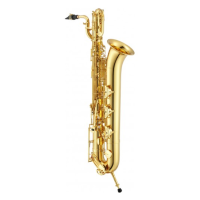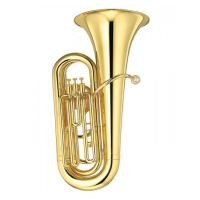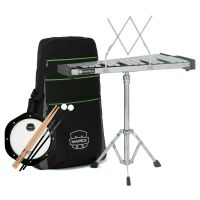History of the Cello
How well do you know the history of the cello?
Like all the members of the violin family, the cello first emerged in Northern Italy in the first half of the 16th century in the workshops of famous instrument makers like Andrea Amati and Gasparo da Salo. This family evolved from the viola da braccio, an instrument that was held aloft in the arm, played with a bow and bore a strong resemblance to today's violin. The new violin family had instruments all along the range from bass to soprano voice.
To create instruments that played in a lower register, instrument makers experimented with ways to expand the size of the viola da braccio. They were able to increase the string length and bass response, but it soon reached the point where the instruments could no longer be held in the arms. These bass instruments were now positioned on the floor between the knees or in front of the player.
Also widely in use at the time was an instrument that looked similar to the cello called the viola da gamba. This instrument was very popular and used in both low and high parts of society as musical accompaniment for all manner of events. It too was a large violin shaped instrument played with a bow. However, it had sloped shoulders like a string bass, while the violoncello had rounded shoulders like the viola and violin.
Over time, the superior design and enhanced volume of the violoncello, now nicknamed the "cello," made it the instrument of choice despite the popularity of the gamba instruments. During the Renaissance, the size of orchestras expanded and there was a race to deliver louder and louder instruments in compensation.
By the turn of the 17th century, a standard bass violin had been established which was somewhat larger than today's cello. It was known as a "violone" and frequently partnered with the violin in music of the time. One hundred years later, these instruments would be completely wiped out in a short period as instrument makers retooled them to match the dominant sound of the day.
A big milestone for the cello was the development of wire-wound strings in the mid 17th century, which allowed the size of the instruments to be smaller and their sound to be louder and finer. Compared to the traditional gut string, wire-wound strings could handle a much higher string tension and produced a louder sound. In Bologna, where the strings had been invented, instrument makers created the first real cello. Its size and playability made it ideal for solo work, which gave players the opportunity to make a name as virtuoso cellists.
By 1700, the cello had become the preferred instrument over the violone and a cello design popularized by famous luthier Antonio Stradivari became the design of choice. In an astonishing turn of fortune, close to the entire population of violones were literally sawed apart and resized en masse in imitation of Stradivarius's preferred cello dimensions. By the mid 18th century, the cello had been standardized at a size similar to today's design.
Starting around the turn of the 19th century, the expanded knowledge and experience of players and instrument makers led to important improvements in every aspect of the cello's design. The string tension was set higher still, which led to quicker response from the instrument and a more clear tone. Combined with a thinner, taller bridge, the result was more volume and the ability to cut through an orchestra or ensemble for solo work. The neck angle was also adjusted to a sharper angle.
There have been a few more improvements to the cello since that time, including the development of the end pin rod (also known as the "spike") to help the player elevate and stabilize the cello as it is played. Previously, the player had to suspend the cello between the legs on the calves with their ankles close together, creating a sort of base under the instrument. This innovation arrived at the end of the 19th century.
The introduction of steel strings in the 1920s led to some changes in repertoire for the cello. This invention improved sound quality and volume by another step. It also helped composers to expand the use of cellos into more sustained lines, where previously they had served best in parts with repeating notes and figures that favored more percussive playing.
With a long and storied history such as this, not to mention a tone like no other instrument in the orchestra, it isn't hard to see why the cello has remained so popular for so long.
Famous Cello Players
The cello is primarily an orchestral and chamber music instrument, but it is also heard in jazz, folk, rock and pop music as well.
Famous classical cello players include Yo-Yo Ma, Jacqueline du Pre, Zara Nelsova, Johann Sebastian Paetsch, Mstislav Rostropovichs, Janos Starker, and Maurice Gendron, to name just a few.
Well known jazz cello players include Oscar Pettiford, Harry Babasin, Dave Holland, Abdul Wadud, Ron Carter, Oscar Pettiford and many others.
Rock/pop bands that have used the cello include Led Zeppelin, the Beatles, ELO, Genesis, Pink Floyd, Aerosmith and Panic at the Disco.








